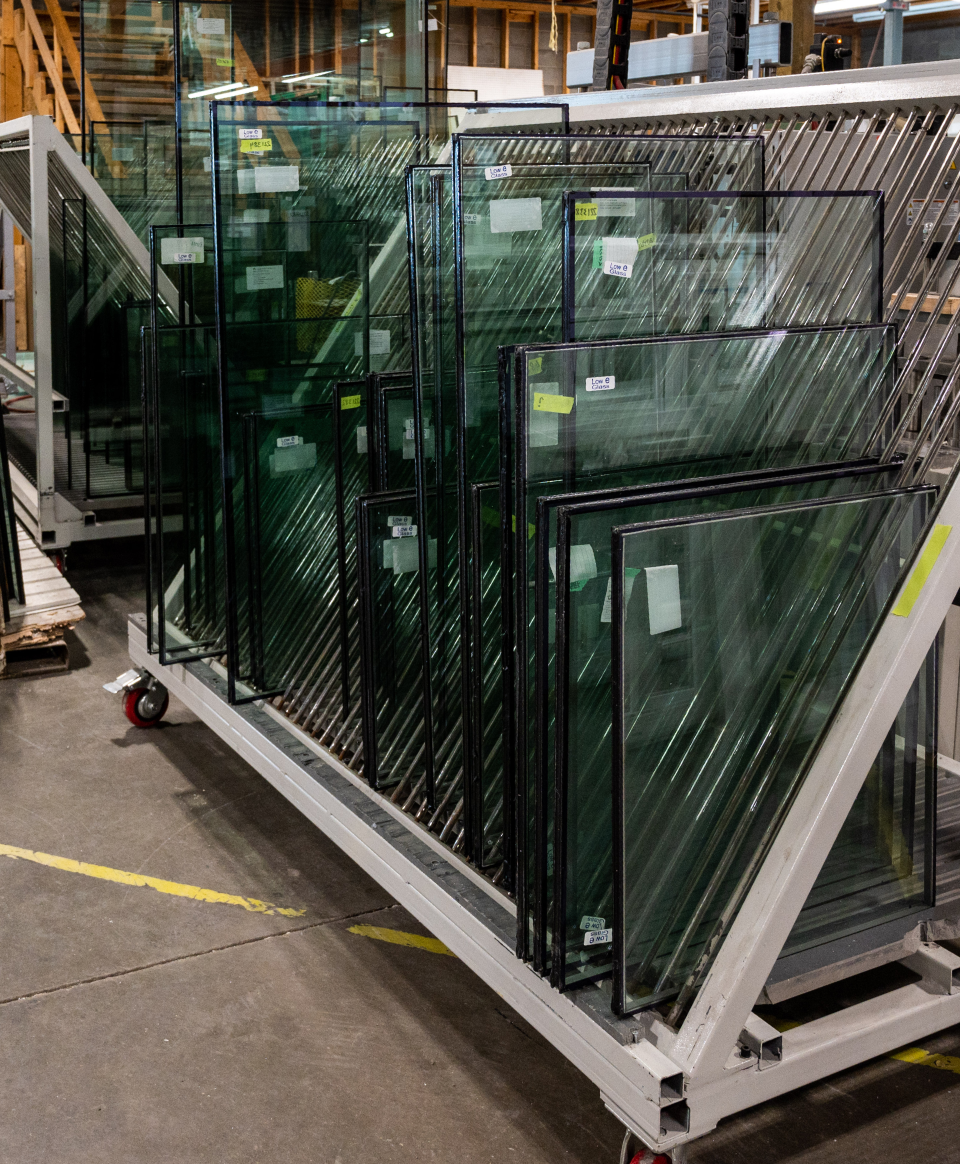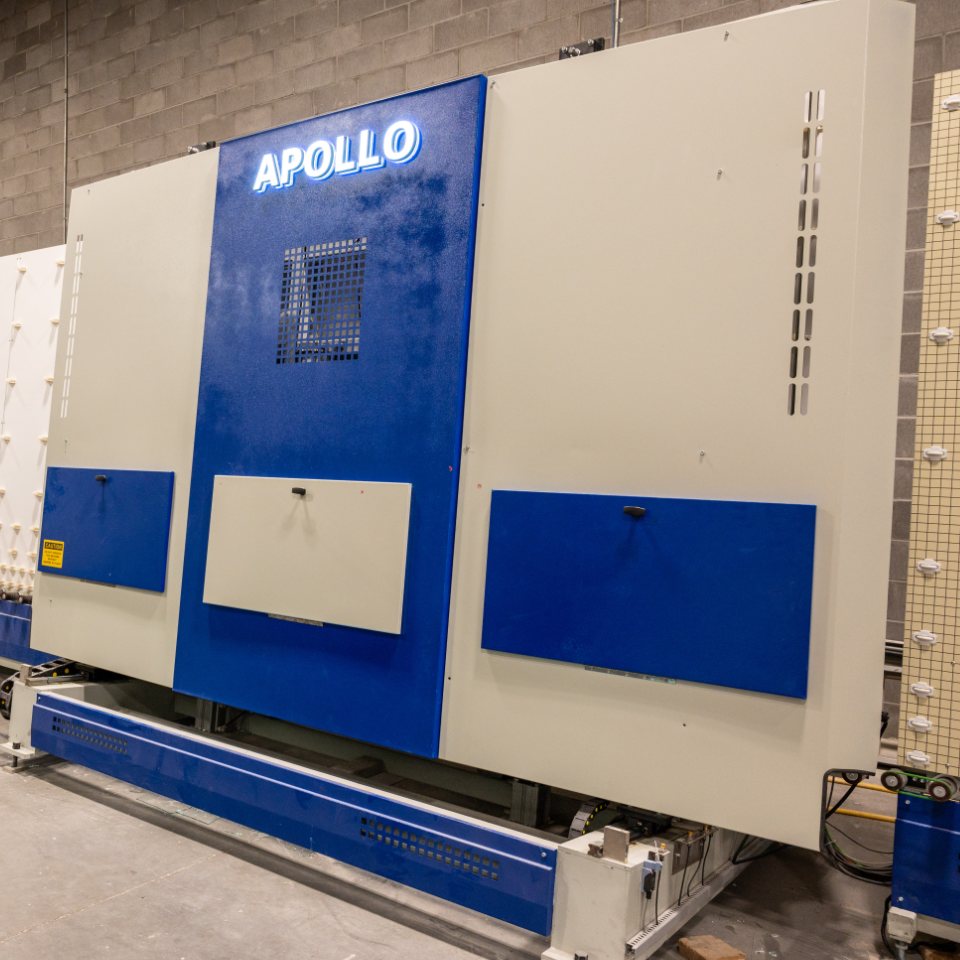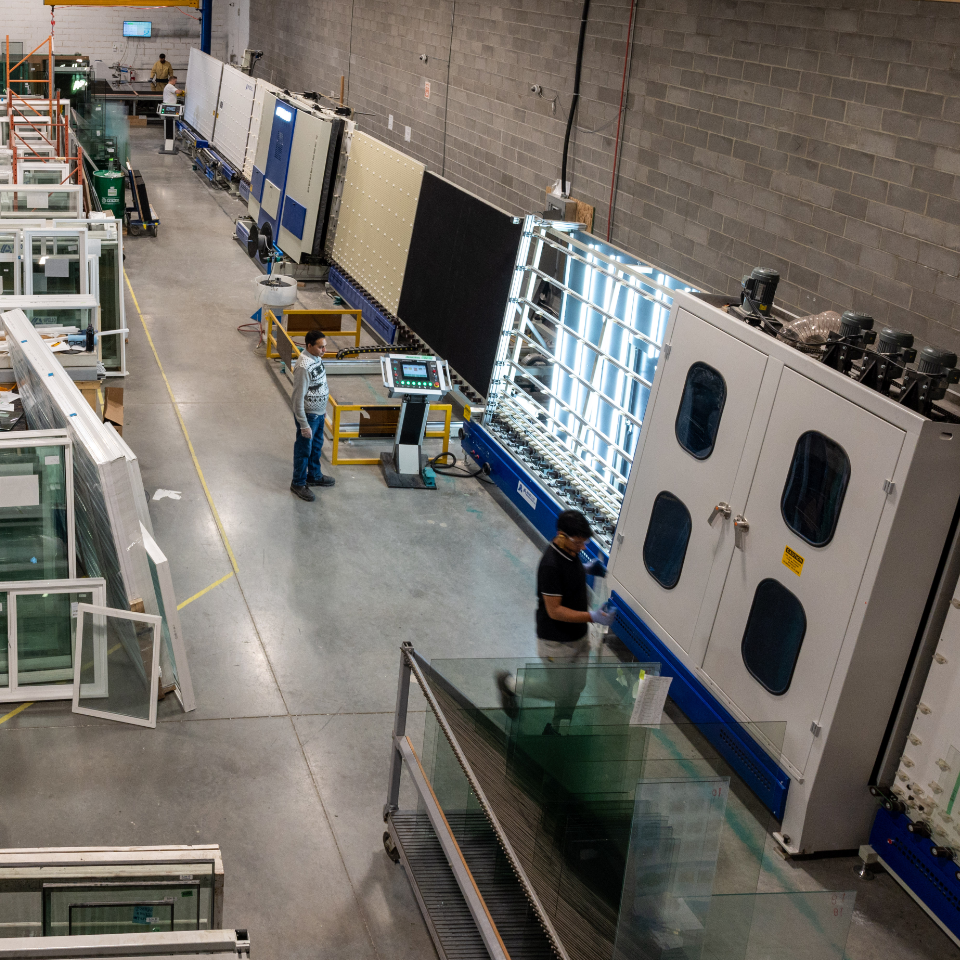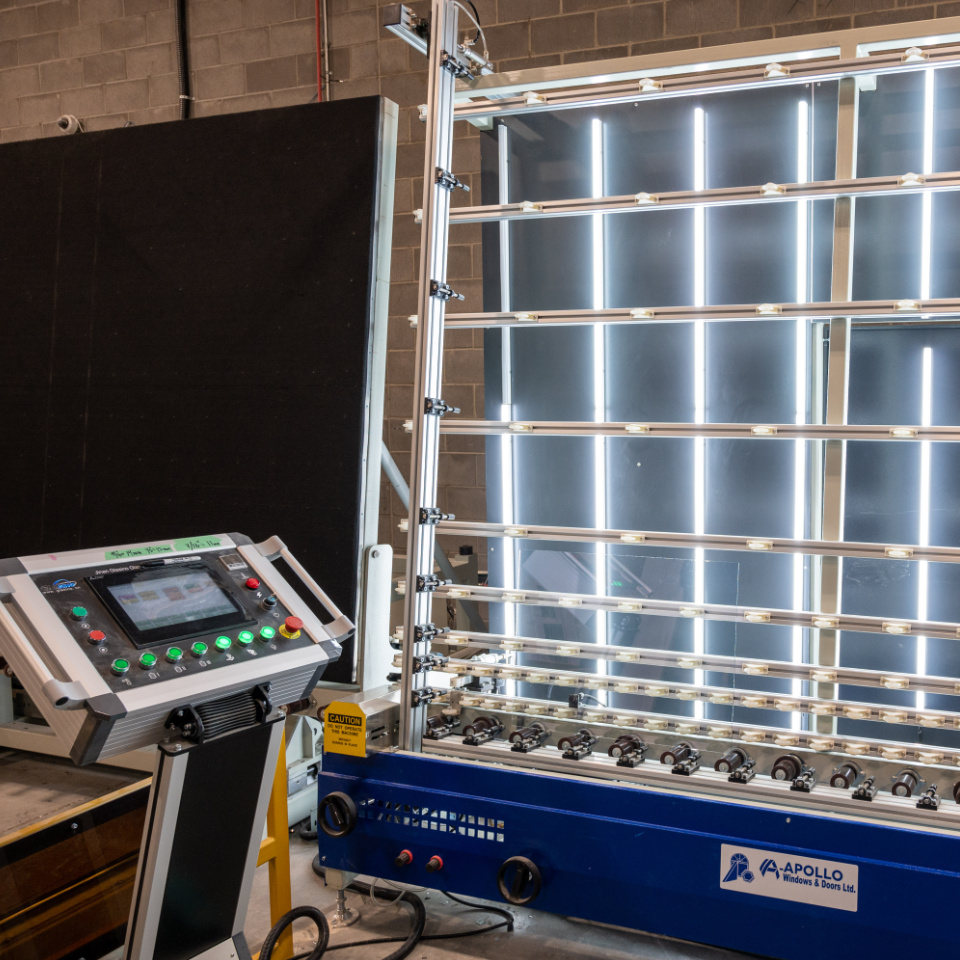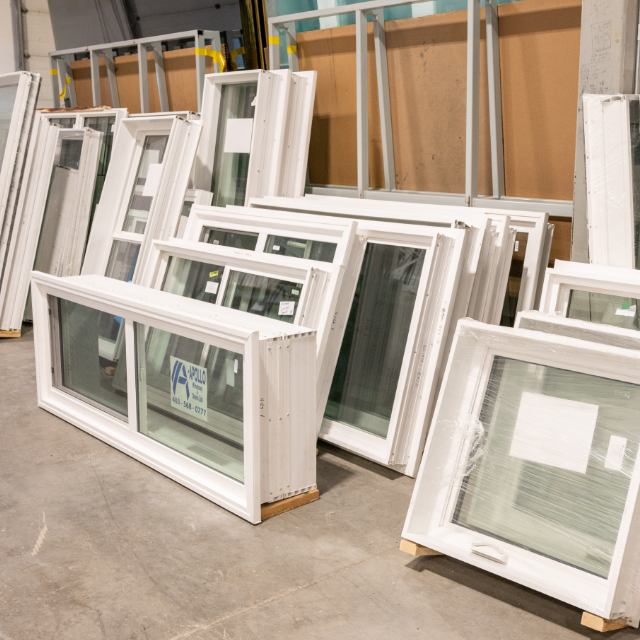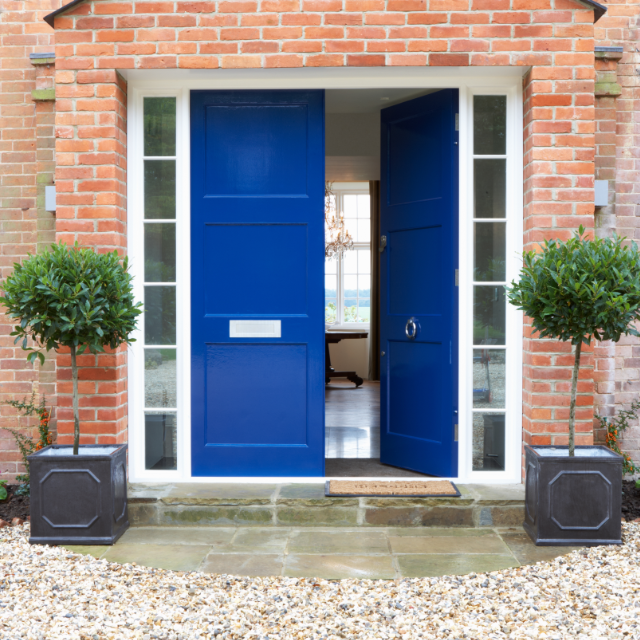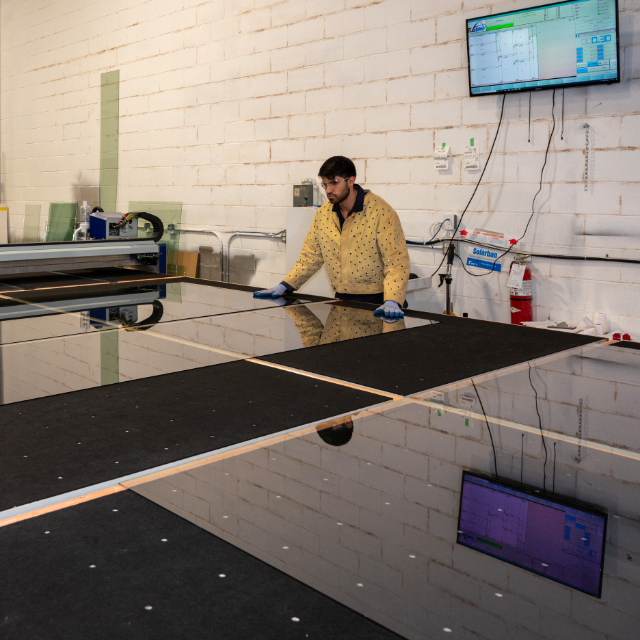How does argon gas work to make windows more efficient for your home?
Because argon gas is denser than air, adding it to the glass unit in double-pane windows improves thermal insulation efficiency. Used in conjunction with a special low-E (short for low emissivity) glass coating, argon gas windows bring the temperature of the window closer to room temperature. This process ultimately eliminates air currents and drafts that occur when differing temperatures meet.
Are argon gas-filled windows right for me?
While injecting argon into double-pane windows can be initially more expensive than cheaper, air-filled double-pane windows, the long-term benefits of energy efficiency are priceless. With more stringent energy codes being imposed in recent years, higher efficiency standards must be met when new windows are installed. If you're considering window replacement or looking into house renovations, just remember that installing argon gas-filled windows can help improve your energy efficiency and lower your home energy costs.
Want to learn about making your home more energy efficient with replacement windows?
Schedule your free in-home estimate with Apollo Windows today.
Heat transfer through a window (or any part of a building) is measured using a “U value.” The lower the U value is, the lower the rate of heat transfer. Double glazing typically has a much lower level of heat transfer than a single glazed window. A typical single glazed window has a U value of 5 or 6. Double glazed windows will have U values in a range between about 3.5 and 1.5.The lower the U value the better for reducing winter heat loss. Popular alternatives to double glazing such as low-e single glazed windows are often seen as a cheaper substitute, but the U value of a low-e window is still as high as 4 or 5, and is not comparable in performance to double glazing.
There are two other critical technical specifications when choosing a double glazed window: the Solar Heat Gain Coefficient (SHGC) and the Visual Transmittance (VT).
SHGC tells you how much heat gain can pass through the window in summer, so the lower the better for keeping cool and avoiding the need for air conditioning. SHGC range between about 0.3 for a very low amount of heat gain, and 0.9, being a large amount of heat gain.
2. VT tells you how much daylight can enter through a window.There’s always some reflection off a pane of glass, so VT tends to be between 0.85 (large amounts of daylight) and as low as 0.3 (low amounts of daylight).
It’s good practice to consider the VT at the same time as considering the SGHC, as typically a tinted glazing product that blocks out summer heat will also reduce the amount of daylight into a building.Tinted glass with low SHGC and VT may work well for some commercial buildings, but is generally not suitable for a home, as it will block the natural light and require more artificial lighting. Often it is better to specify clear double glazing with a separate shading device such as louvres or retractable canvas awnings for an optimal result.
Technical specifications of double glazing will tend to state the U value, the SHGC and VT,as well as the thicknesses of the Insulated Glass (IGU) and the air gap. For example, a 6/12/6 double glazing unit refers to 6mm thick exterior glass, a 12mm air gap and 6mm thick internal glass. This tells builders and designers how wide a frame needs to be and helps estimate the weight of the window. Some double glazed windows use a gas like argon or a vaccum to improve the heatloss even further.
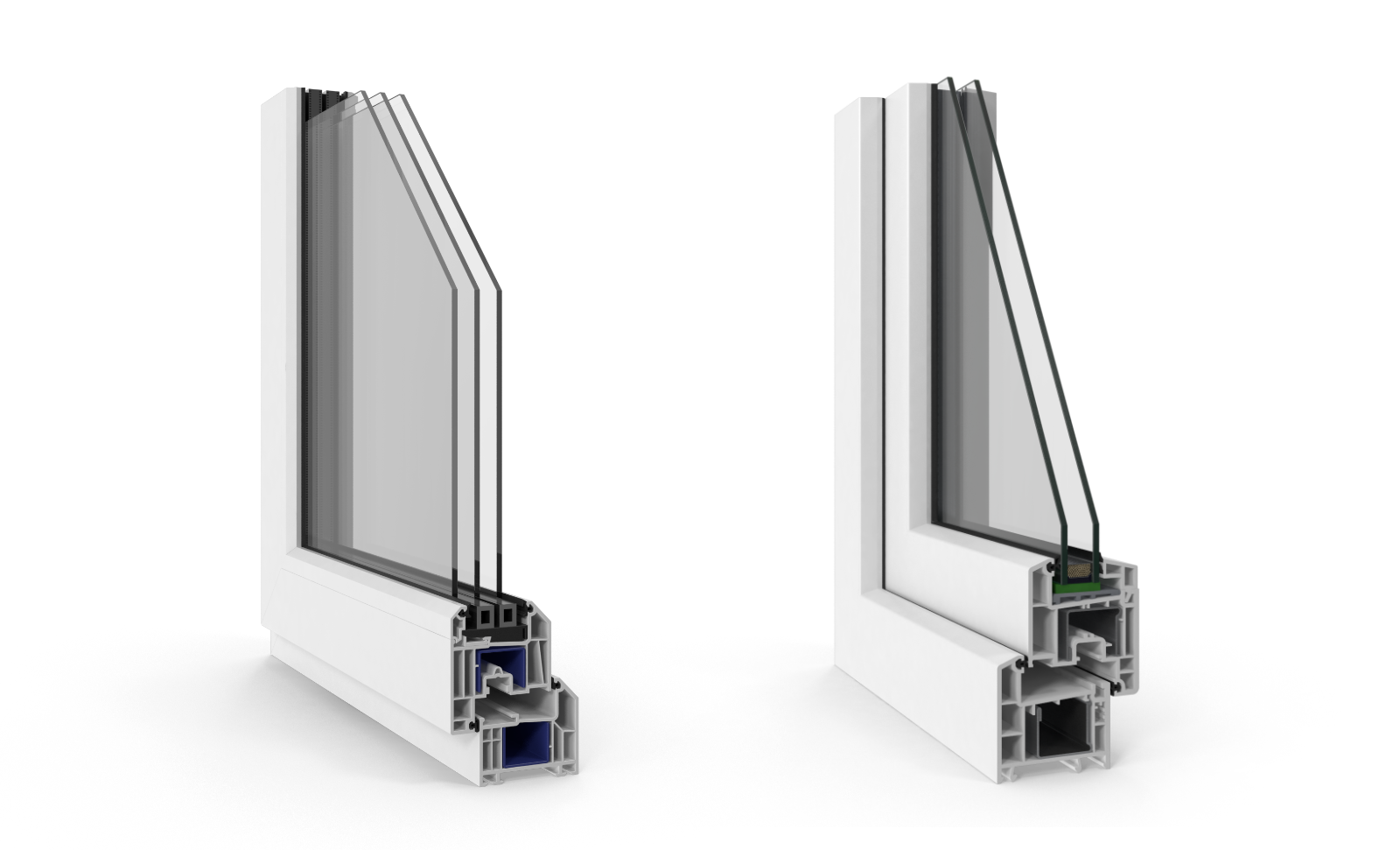
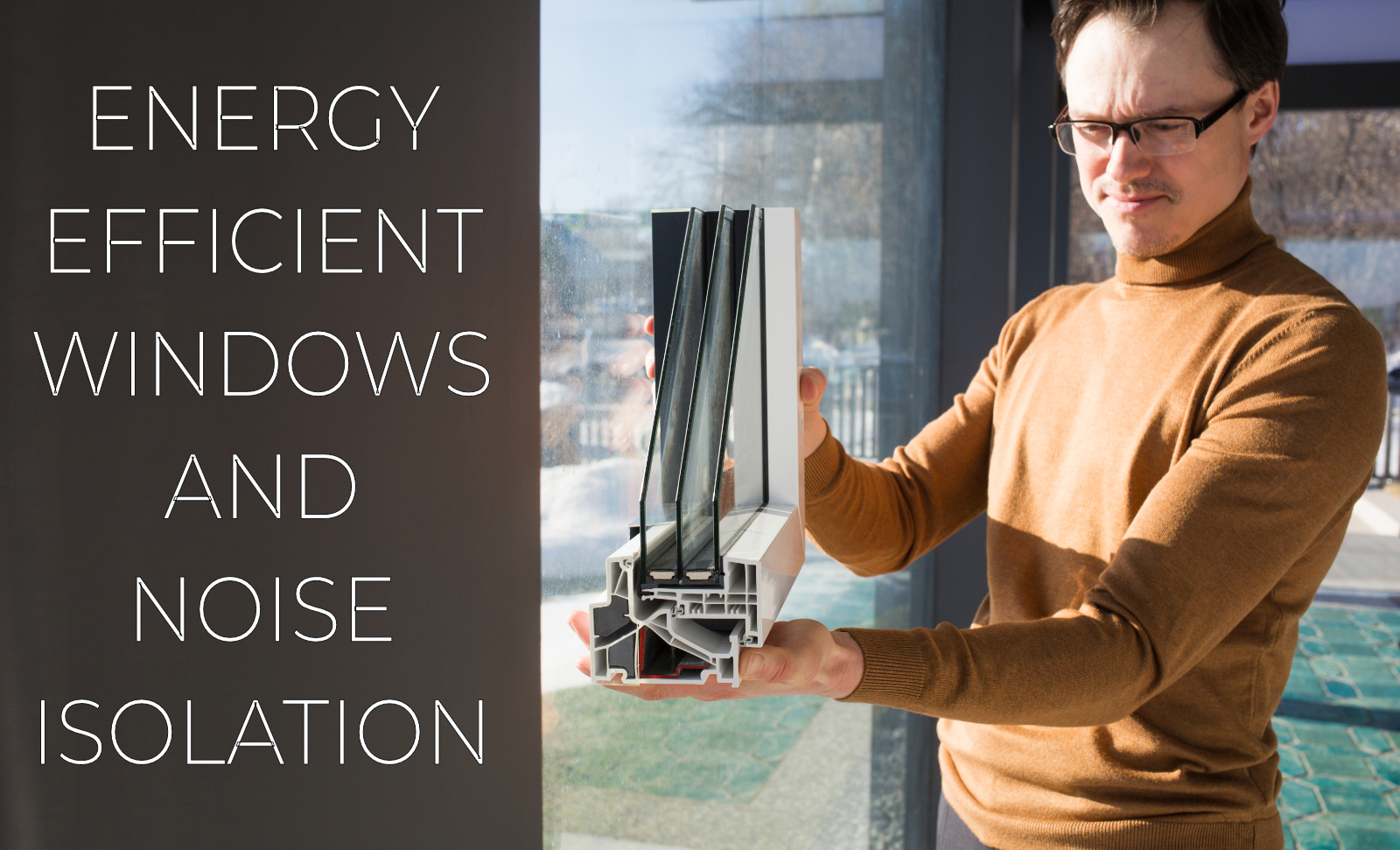
- TECH SPECS
- SHGC : 0.3 to 0.9
- VT : 0.85 to 0.3
- U Value : 1.5 to 3.5
You’ll help the environment
Home energy use makes up the bulk of your individual carbon footprint—approximately 27 percent. Energy-efficient replacement windows can help lower that figure for you and your family by reducing the amount of power your home uses. The gap between the two panes of glass in a double-pane window provides a significant boost to the essentially nonexistent insulating properties of bare, single-pane glass. This gas-filled gap creates a vacuum between the panes of glass. And because neither heat nor cold transfer very well through a vacuum, the temperate air inside your home stays put, as does the hot or cold air outside.
With windows that provide insulation and don’t let drafts in the house, you won’t need your heating and cooling system quite as much. Will you still use your air conditioning system in the summer? Most likely, yes, but you won’t need to set the thermostat to 65 and listen to the compressor run constantly to stay comfortable. And because you’ll use your HVAC system less, you’ll be using less power from the utility company, which translates to lower monthly bills and less energy consumption for your entire family. In fact, double-pane windows can eliminate up to approximately 6,000 pounds of carbon dioxide every year in an average home. That’s the equivalent of about 300 gallons of gasoline!

